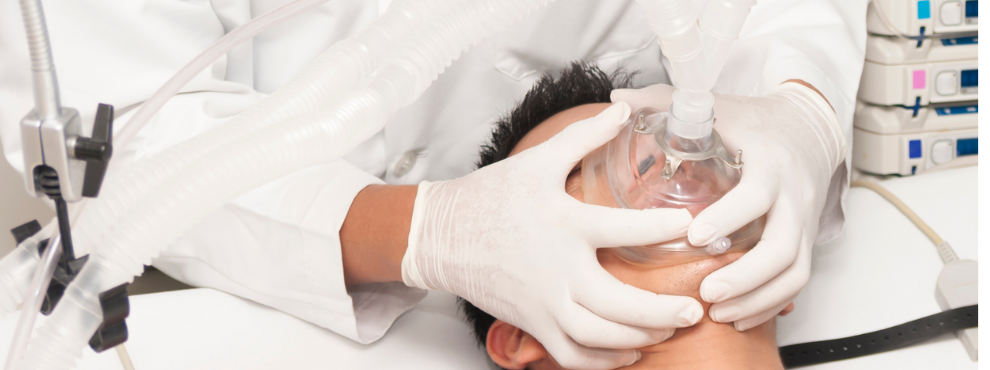How can successful weaning from mechanical ventilation be achieved?
Researchers from Witten have compiled scientific indicators to better identify risks during ventilator weaning. The findings were published in the renowned Critical Care journal.

The mortality rate of artificially ventilated patients in Germany is 40 to 50 %. Weaning patients off the ventilator as quickly and successfully as possible is therefore a crucial step in intensive medical care. Weaning refers to the phase in which patients train their own breathing and are gradually weaned off their mechanical support. However, not everyone makes this transition without problems: so-called weaning failure means that they have to be intubated again. This in turn significantly increases the likelihood of complications and the mortality rate.
In order to identify at-risk patients who are likely to experience weaning failure, a large number of medical signs have already been researched in individual studies. A research study by Witten/Herdecke University (UW/H) now provides the first overview of 145 scientifically analysed indicators and thus provides important impulses for nursing practice and intensive care medicine. The renowned Critical Care Journal has published the article from Witten and made it available to an international specialist audience.
Recommendations for practice and identification of research gaps
"Our work provides a valuable basis for improving patient safety in intensive care units. Every day, nurses and doctors have to use patient data and examinations to decide whether to continue artificial ventilation or whether weaning is possible. When making this critical judgement, they should rely on the parameters with the highest density of evidence," explains Fritz Sterr, a doctoral student at the School of Nursing Science at UW/H. This is where he and his team come in. Using a systematic evaluation of research databases, they were not only able to identify and categorise the key predictors of weaning failure, but also highlight the factors for which further studies are required.
The scientific publication also shows that it is the individual as a whole that counts. "Just as in all other areas of medicine and care, it is not enough to look at individual factors such as heart and respiratory rate, pressure volume or the condition of the auxiliary respiratory muscles in isolation from each other when weaning. The overall view is crucial," says the nursing scientist.
Setting the course for the future
In addition to imaging procedures such as an ultrasound of the diaphragm and the evaluation of physiological factors, machine programmes based on artificial intelligence have been increasingly used in intensive care medicine in recent years to predict the success of the weaning process. Fritz Sterr sees considerable potential for practice here: "Machine learning models can be a supportive decision-making aid, as they can analyse patient data in a matter of seconds and identify possible risks. Further research is worthwhile here."
In his doctoral thesis, Fritz Sterr is investigating all aspects of weaning. In a further step, he is devoting himself to the question of how intensive care patients on artificial ventilation perceive their environment in order to sensitise everyone involved in their care to this highly sensitive experience.
Further information: You can read the full review on the Critical Care Journal website. Fritz Sterr will also present his work at this year's congress of the German Interdisciplinary Association for Intensive Care and Emergency Medicine (DIVI) in December 2024.
Photos for download
Contact person

Miriam Kreimeyer
Communications Officer
Administration | Communication & Marketing
Alfred-Herrhausen-Straße 48
58455 Witten
Room number: 2.F05
